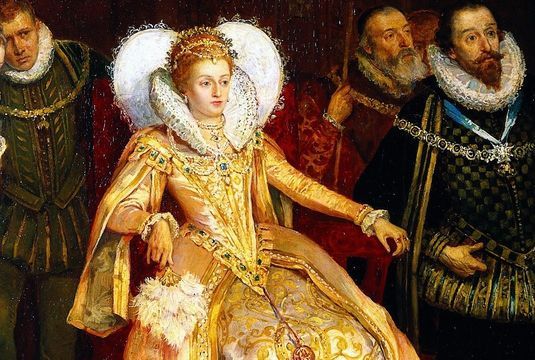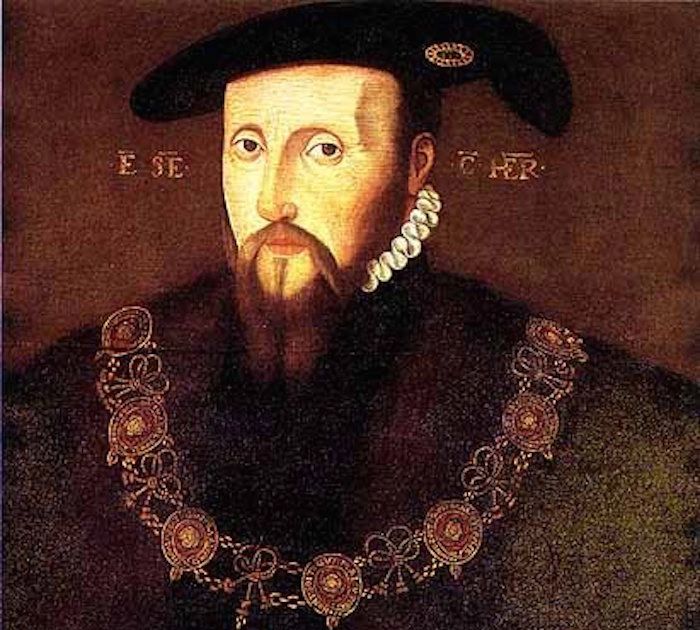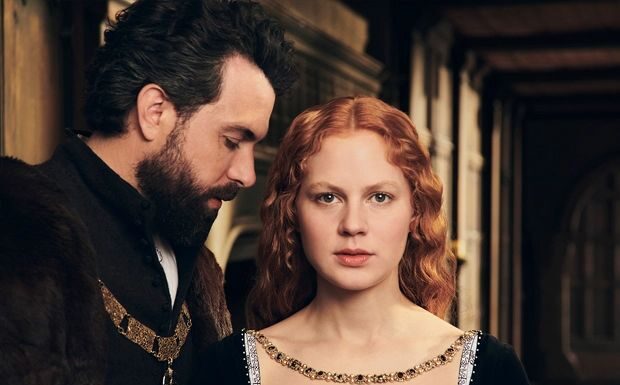‘Becoming Elizabeth’ follows Elizabeth I through her adolescent years. The show is set in the following Henry VIII’s death, and it concentrates on all of the situations that had a big impact on the little girl. Many people tried to persuade Elizabeth to side with them so that they could exert more control over her brother, King Edward VI. Sir Thomas Seymour was one of them. From the first episode, the show concentrates on Elizabeth’s relationship with Thomas, and what transpires between them becomes a crucial aspect of how Elizabeth acts as queen. We wonder if Thomas Seymour was successful in marrying Elizabeth, given the impression he had on her. Is it true that they ended up together? What Happened to Elizabeth and Thomas Seymour? This is what we learned about it.
Becoming Elizabeth Episode 1 Recap: “Keep Your Knife Bright”
Is it true that Elizabeth married Thomas Seymour in real life?
In real life, Elizabeth and Thomas did not end up together. In reality, their connection nearly destroyed her and resulted in a gory death for him. In ‘Becoming Elizabeth,’ we learn that Elizabeth was smitten by Thomas and pondered marrying him before learning that he had married Catherine, her stepmother. It’s a huge letdown for Elizabeth, who still has feelings for Thomas. However, things were not as they seemed in real life. Thomas Seymour had always aspired to marry a princess, whether Elizabeth or her half-sister, Mary. He first noticed Elizabeth when she moved in with Catherine at Chelsea Manor. He even offered marriage to her, but she declined because she was still thirteen and grieving the loss of her father. Seymour married Catherine about a month later.

Now that Thomas was a Chelsea resident, he was in close vicinity to Elizabeth, allowing him to make moves on her. He would try to break into her bed chambers at all hours of the day and night. He had a tendency of entering her room when she was still in bed in the morning. During the day, he would tease her, slap her on the back, and corner her in the halls. With time, the harassment became more severe, and Elizabeth attempted to get up as early as possible to avoid having to see him first thing in the morning. Catherine was not fooled by his actions, which she dismissed as harmless fun. She even took part in some of it, most notably when she held Elizabeth captive in the gardens while Seymour hacked her robe to shreds with his sword. As her husband’s treatment of Elizabeth deteriorated, she wanted to put an end to it and then sent a small girl to Hertfordshire. Catherine died in 1548 as a result of complications from childbirth, giving Thomas a second chance to pursue Elizabeth. He made it plain that he wanted to marry her, but she kept her distance. Thomas’ elder brother, Lord Protector Edward Seymour, was well aware of his actions with the young princess. Thomas’ other plans to get close to the monarch were also known to him.

All of Thomas’ acts eventually ended in his capture and death in 1549. The investigation into his behavior raised suspicions about Elizabeth. They were thought to have plotted together to marry, remove forcibly from power Edward VI, and take the throne for themselves. Elizabeth was circumspect in her responses and used her humor to deflect any questions about her dignity or devotion to the monarch. While the TV drama downplays Thomas’s malevolent acts, its depiction of Elizabeth’s fascination with him isn’t wholly fictitious. In fact, it was thought that the adolescent princess harbored affections for him. She blushed frequently in his sight, and Catherine once caught a glimpse of her and Thomas kissing. The circumstances surrounding these observations, however, are unclear. Her blushing could be due to embarrassment in front of her harasser. Catherine’s observations may have been the catalyst for Elizabeth’s departure from Chelsea. She might have wished to keep the girl safe from her husband. Regardless of how these events are interpreted, the fact that Elizabeth and Thomas did not end up together remains true, regardless of whether or not their feelings were reciprocal.







